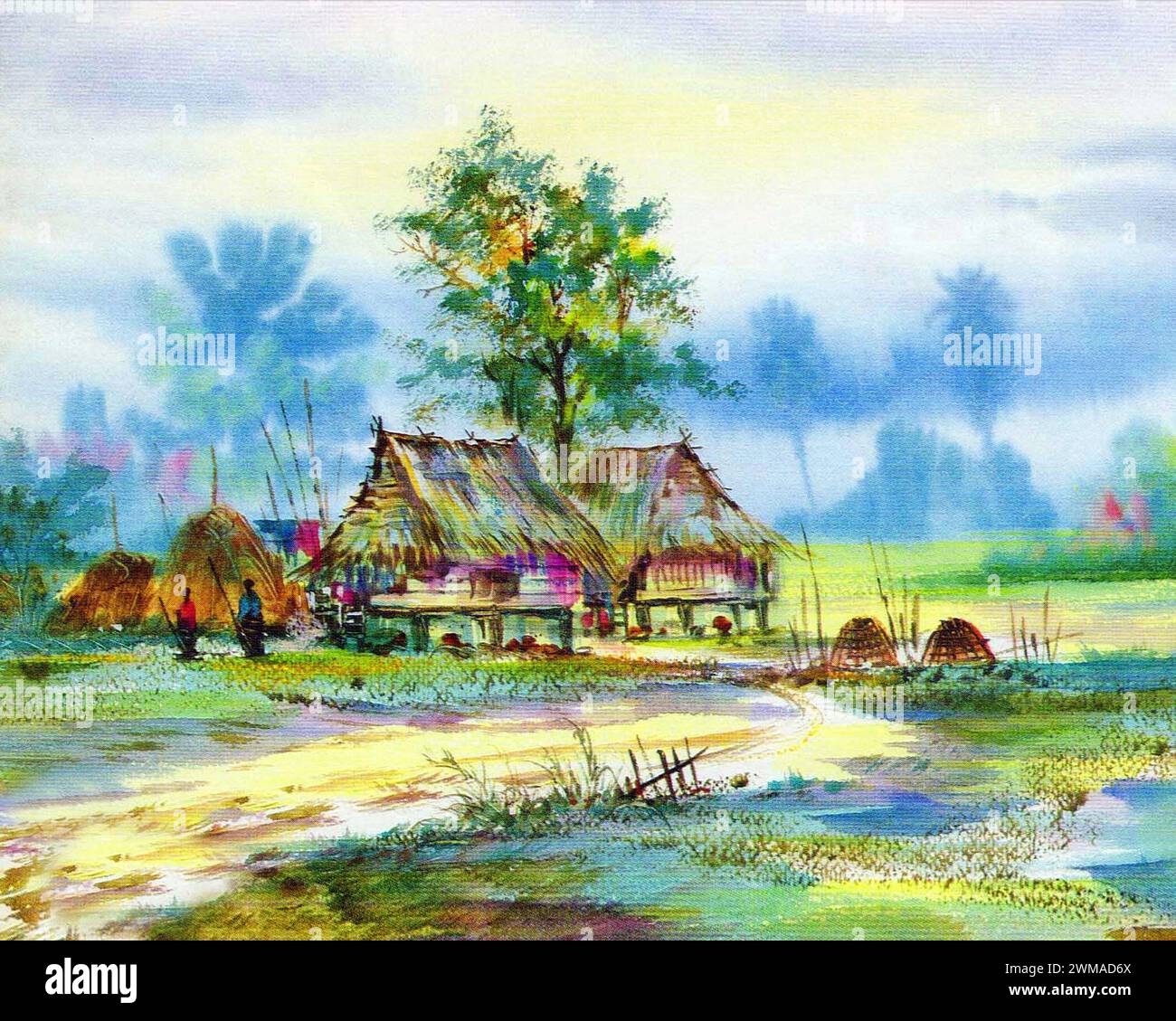Classic artwork
Modern live theatre productions often incorporate advanced technology for set design, lighting, and sound, differentiating them from historical productions. They also tend to explore contemporary themes and may offer more diverse representations on stage, reflecting current societal values bấm, tay nắm, kính, đèn trang trí.
Everyone can recognize the look of the theater stage. The lighting is dynamic with sharp contrast, the figures are starkly illuminated, and almost everything is exaggerated in some way, whether in costume or in gesture or both. The theatre carries a wonderful notion of story-telling and imagination with it that creates a framework for imagination. The dark curtains and raised platforms of the stage create the illusion that scenes that play before the viewer are in fact real, and that the audience is merely intruding on a story that would have happened regardless of whether or not they were listening in. This, to me, is the essence of the stage. In a sense, nearly all artistic arrangements of figures within a piece draw from the same principles that make up the ways in which a director would position actors within a scene. Paintings of interactions between people can be created to have an almost cinematic feel, drawing from that same notion that what is happening within the image would happen by itself, regardless of whether or not the viewer was there to see it. These images aren’t static; the events depicted are motion-oriented, and the viewer is almost always left wondering what might happen next within the scene. These works in particular create their own “stages”, where some of the details of the locale are shrouded through tenebrism or infinite space, placing more importance on the figures and their implied actions. This gallery is a collection of Renaissance and Baroque paintings that depict events happening within their own stages, alluding to the idea of being in theater.
Theater arts have been an integral part of human culture for centuries. This multifaceted discipline combines various art forms to create a unique and immersive experience for both performers and audiences.
Original art
At ArtPal, we feature a diverse selection of artists and art galleries, so you can find your unique style throughout the online store. The offerings encompass a wide range of art forms, such as fine art prints, original art, canvas prints, abstract paintings, oil paintings, giclées, limited editions, photography, drawings & illustrations, digital art & AI art, mixed media art, metal art, and more. Whether you’re enhancing your home, or business, or professional workspace, you’ll finally find the wall art that you’ve been searching for.
A redirection has been made from YourArt to ArtMajeur, as the two platforms have merged. All content, artworks, and artist spaces are now available here. You can continue browsing on ArtMajeur, the largest online art platform in the world.
It is not easy to define what makes art dealers “best” or “famous”. Galeries that reach and stay at the top often represent now well-known artists, they have a strong global presence through physical locations and a regular attendance at art fairs. Largest mega art galeries name include :
Whether you’re discovering your first piece of art for sale or offering your latest creation, we bring art lovers and artists together through thoughtful curation, powerful tools, and trusted global support.
Bij Singulart geloven we dat elke ruimte kunst verdient die net zo uniek is als de mensen die erin wonen. Als de toonaangevende online kunstgalerie, maken we het gemakkelijk en leuk om kunst online te kopen of online te verkopen – door een wereldwijde gemeenschap van kunstverzamelaars en hedendaagse kunstenaars met elkaar te verbinden.
Film graphic
This example is a source of inspiration for graphic designers working in movies and television. It shows how important their job is, especially when filming historical projects that need to be accurate to the time.
Speaking of opportunities, during our time spent with MinaLima, we got wind that the studio will soon start work on the third Fantastic Beasts movie, for which they will be recruiting in the not-so-distant future.
Google “Wes Anderson + graphic designer” and you’ll find the work of Annie Atkins. Actually if you just Google “graphic design for film” you’ll see Atkins’ name and links to interviews, profiles, and features about the work on shows and films including Isle of Dogs, Bridge of Spies, The Boxtrolls, Penny Dreadful, and The Grand Budapest Hotel.
Atkins says that half-way through production, Wes Anderson contacted her department. There was a spelling mistake in the word “patisserie” on the pink and blue Mendl’s boxes. And these boxes play a major role in the film. Because every one of the 2000 boxes had been painted by hand and had already been used in filming, there was no way to start over or to physically fix the mistake. “It was something that had to be fixed in post-production,” Atkins says. “That’s a lengthy process when you’re fixing 25 frames per second, and it’s quite costly.”
There will always be a place for artists in film and TV. And where our work makes its way into the film, either on set or in post, it’s not as important as the finished project. Those hundreds of names you see in the closing credits are there for a reason. Each has a unique skill and expertise. Without each of their contributions and talent, the film would be lesser for it.
While handmade scrolls and newspapers go largely unnoticed in a show like The Tudors or Penny Dreadful, they take center stage in a Wes Anderson movie where every frame is a perfectly symmetrical painting and the camera often zooms in and lingers on objects of importance. That sort of attention welcomes scrutiny, which we will talk about more later, but it’s a good place to jump into our interviews with other designers who, like Atkins, have gotten their hands dirty on the big and small screen and have useful insights into how it all works.

